drag badge here
drag badge here
David Ruley
gamer level 6
7506 xp
7506 xp
followers
3
3
Use my invite URL to register (this will give me kudos)
https://boardgaming.com/register/?invited_by=daruleyman
profile badges




recent achievements

Sophomore
Earn Professor XP to level up by completing Professor Quests!
Earn Professor XP to level up by completing Professor Quests!

The Gold Heart
Give 10 Gold Hearts to games that you love.
Give 10 Gold Hearts to games that you love.

Expert Grader
Grade 400 more reviews or tips by clicking "Yes" or "No" in response to the question "Was this helpful?"
Grade 400 more reviews or tips by clicking "Yes" or "No" in response to the question "Was this helpful?"

Knight-errant
Be loyal to the general Good. Give 25 hearts each to 10 different games.
Be loyal to the general Good. Give 25 hearts each to 10 different games.












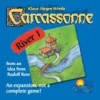




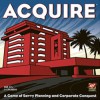



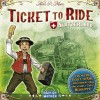




















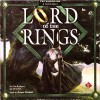



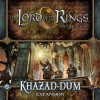


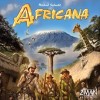

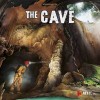






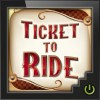
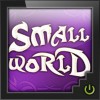
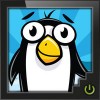


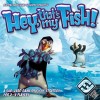

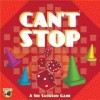
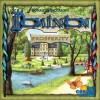
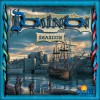












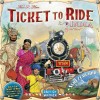





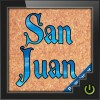
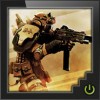
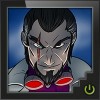



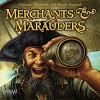

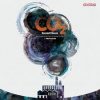




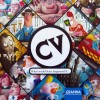
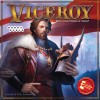
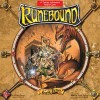
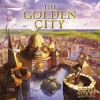

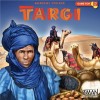
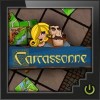

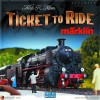
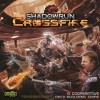



Wits & Wagers Family Edition
I don’t like party games and I don’t like trivia games. I like trivia, just not trivia games. I can come up with many useful facts, but never the useful facts needed for the question being asked. Anyway, I digress.
This game is the family version of the popular party game Wits and Wagers. The only differnece is that the questions are simpler and the game is more family friendly. Here is how it works. A question is asked with the answer being a number. All players write a number on a small cardboard card and then place them in the middle is order. Everyone has two meeples, a small and a large. Everyone takes turns bidding on which answer they think is right. A big meeple is two points and a small meeples is one point. After all have bid, the answer is read and points are awarded. You continue till one person has a set number of points.
Why do I like this? Because I can bluff. If you don’t know, just make something up and figure out who the brainiac in the room is and bid on their card. It is more than just trivia, it is reading the room and using deduction.
The components are nice and sturdy and I very much enjoy to play this game. 6.5/10